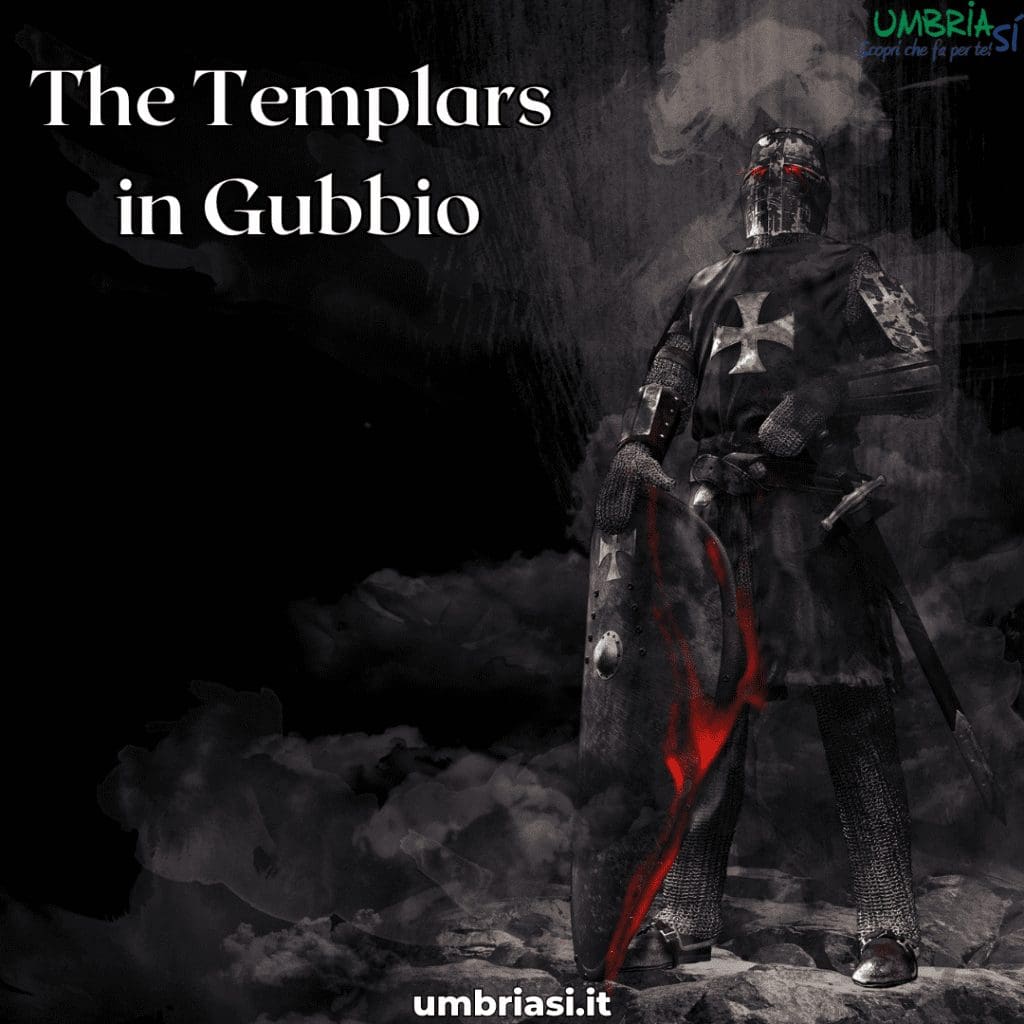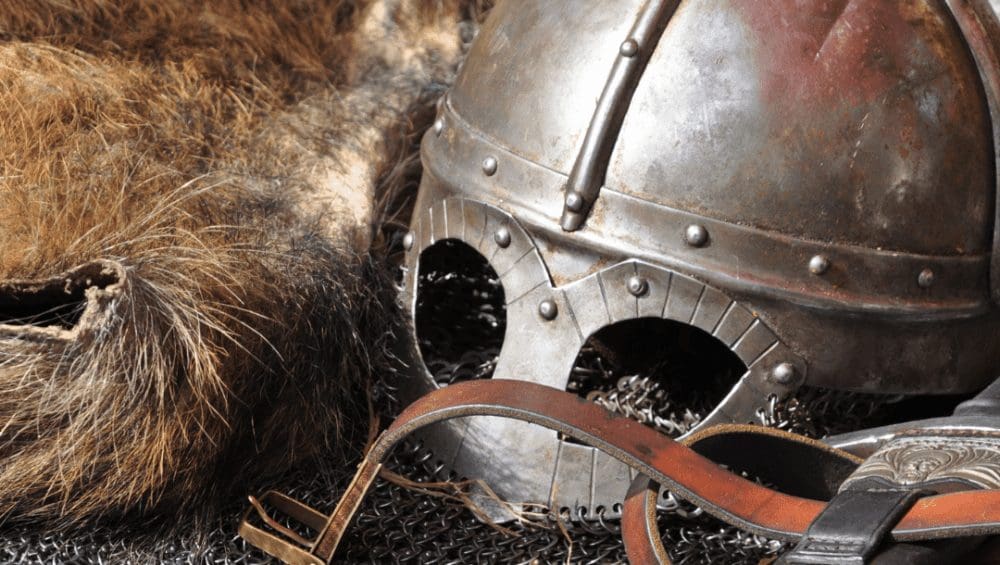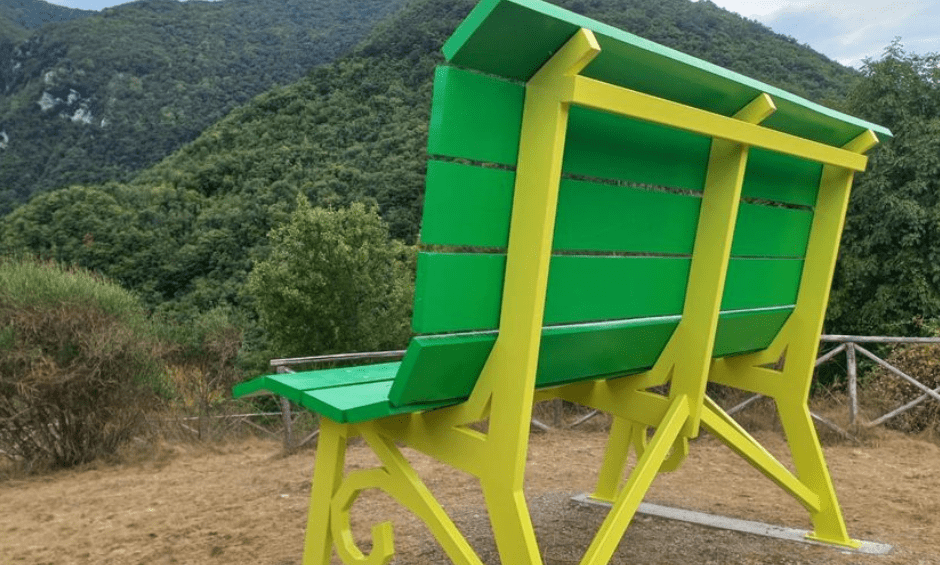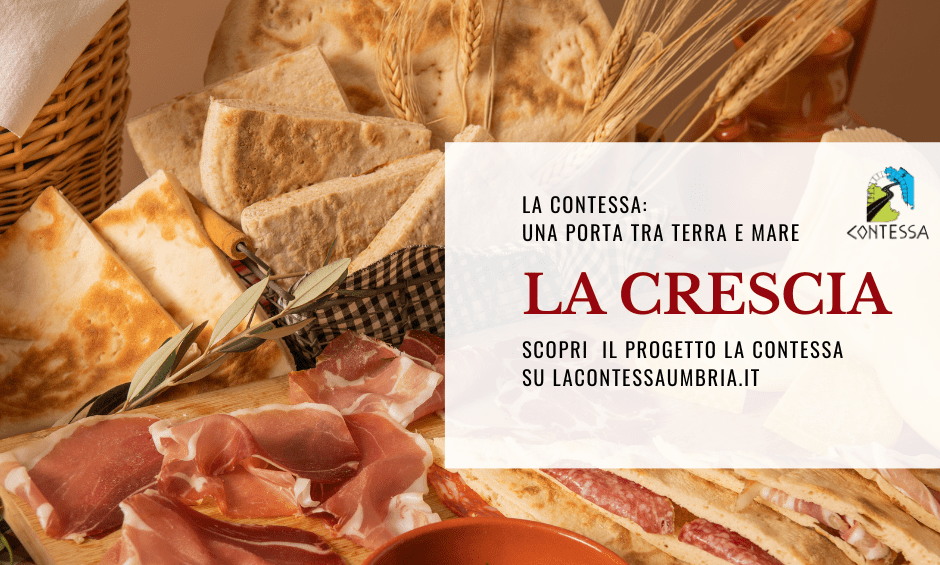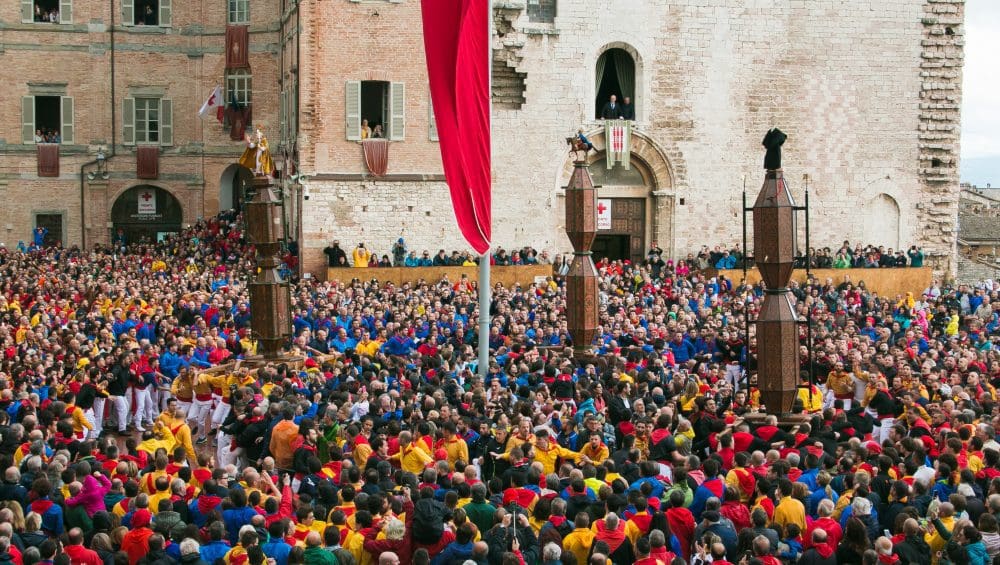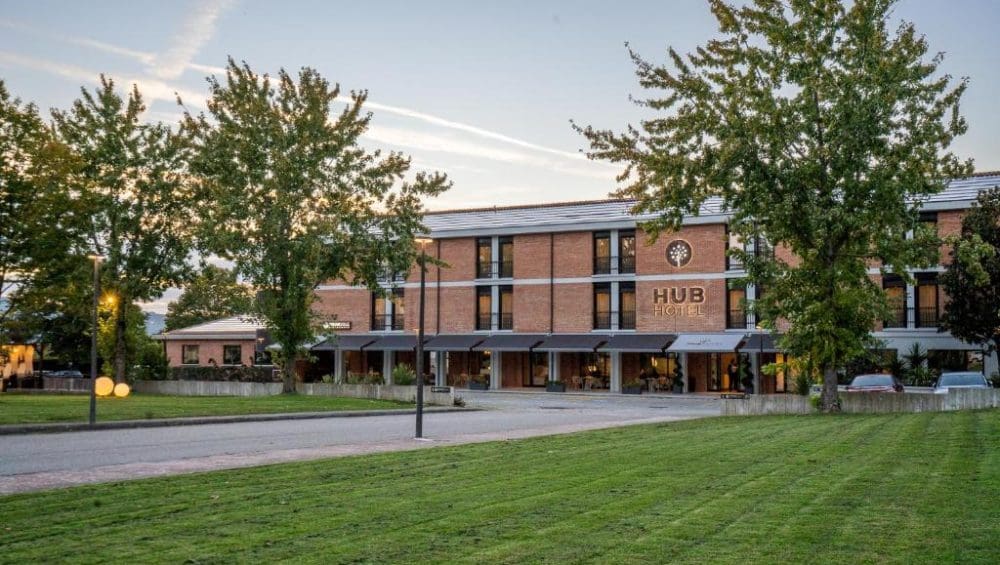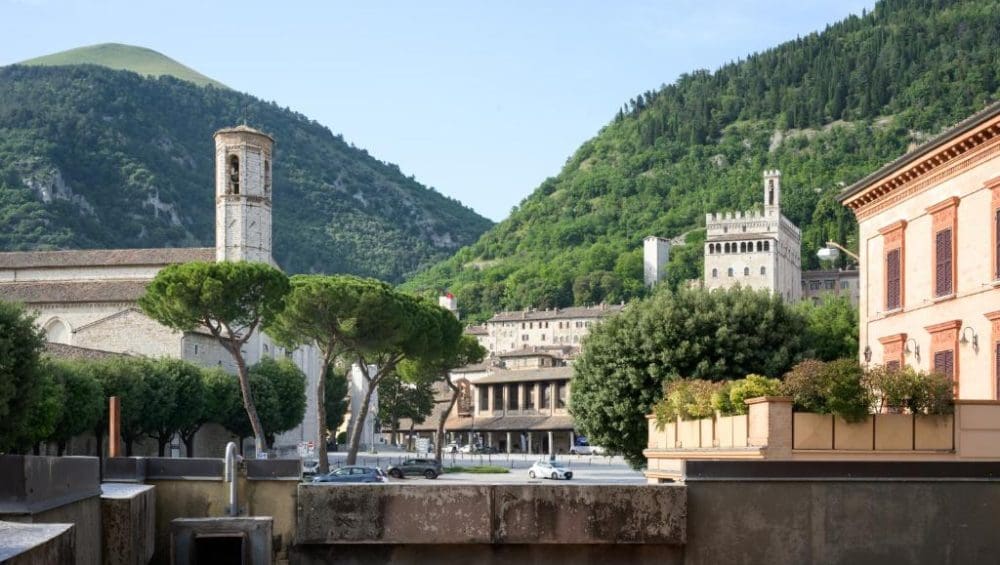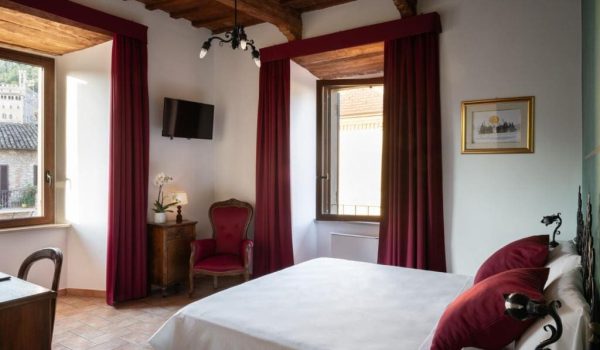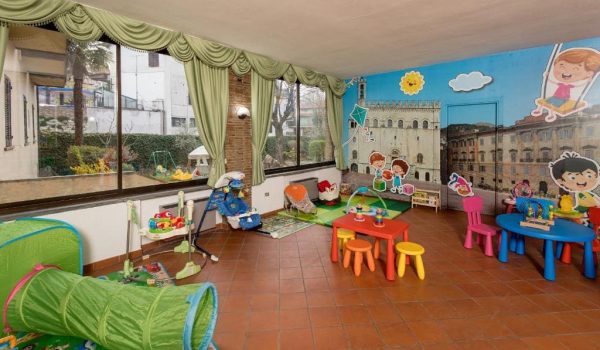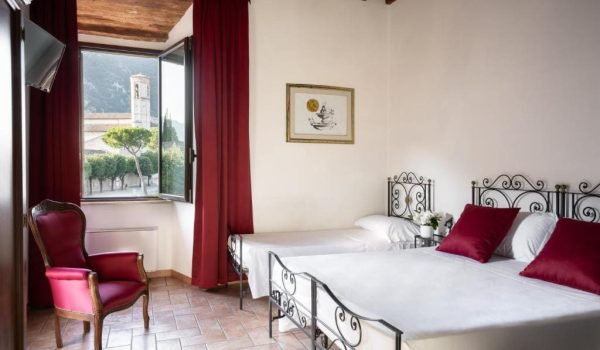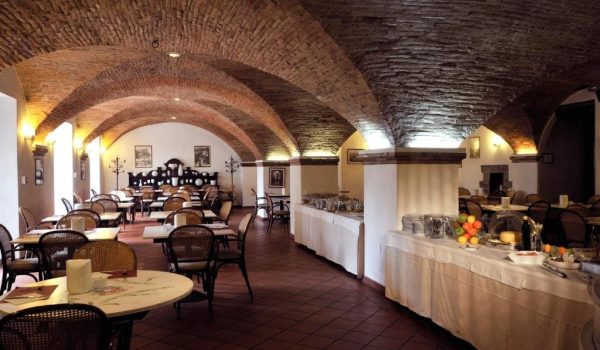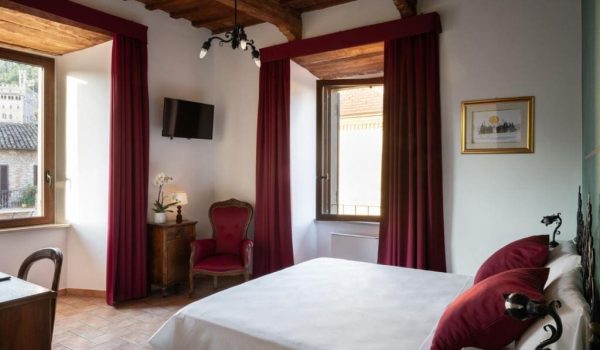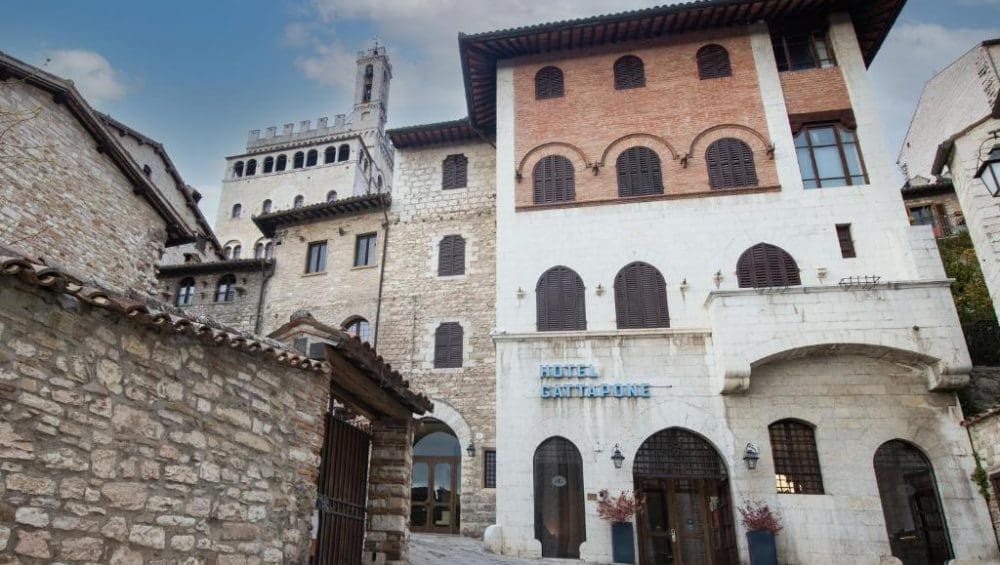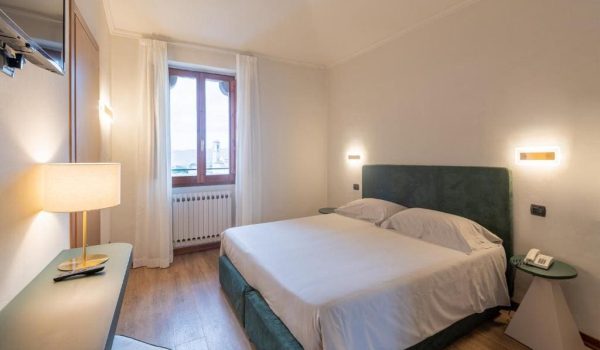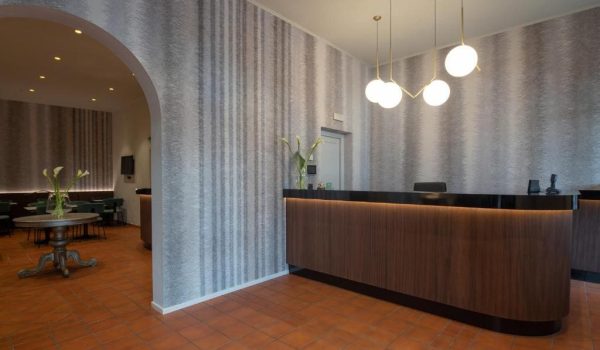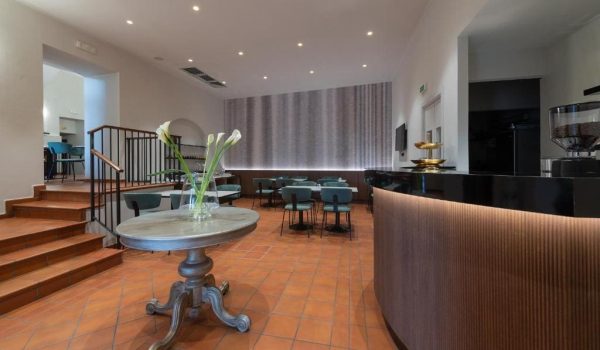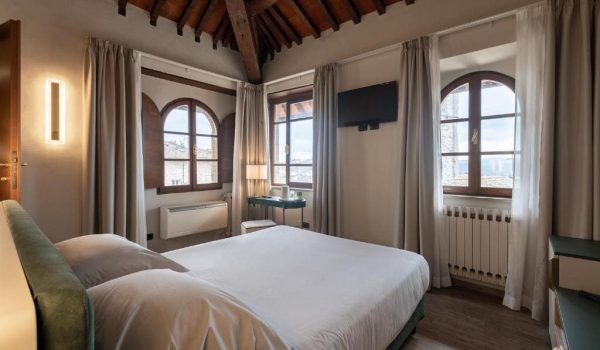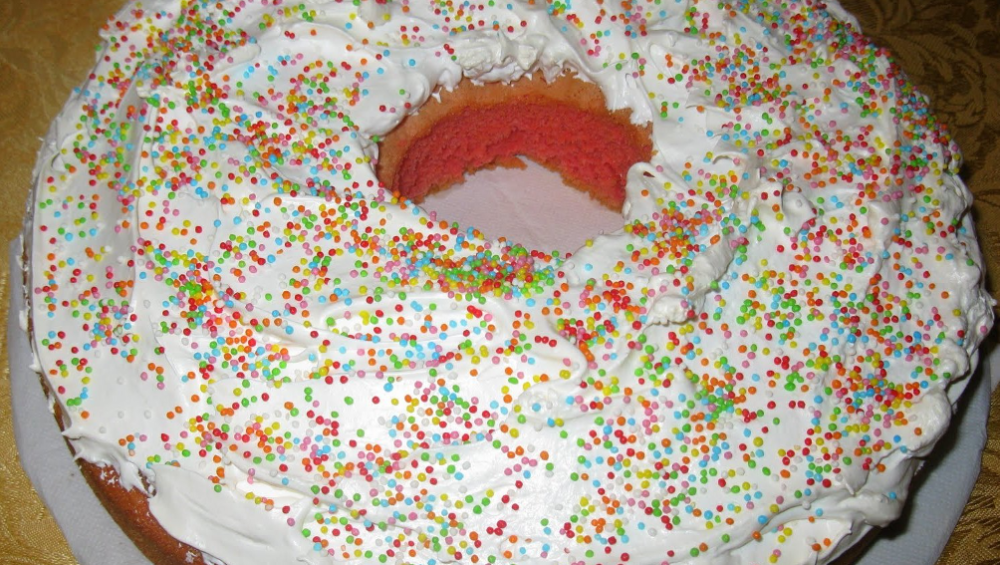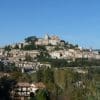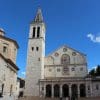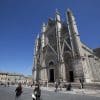The Templars in Gubbio
Welcome to the heart of Umbria, where history blends with the charm of the Templars. Gubbio, a picturesque medieval city hides secrets that date back to the era of the Knights Templar. In this article, we will take you on a journey through time to discover the fascinating link between Gubbio and the Templars, offering a panoramic view of this ancient order and its traces in the heart of this city.
The history of the Templars
To fully understand the influence of the Templars in Gubbio, it is essential to take a look at their history. The Order of the Templars, also known as the Knights Templar, was founded in the 12th century during the Crusades in the Holy Land. These warrior-monk knights were famous for their military prowess, their religious devotion, and their incredible wealth.
The Templars played a significant role in the Crusades, defending Christian pilgrims and amassing vast amounts of wealth and property throughout the known world. Their influence also extended to Italy, and Gubbio was no exception. From a famous writing by a nobleman from Eugubino we read about a certain Knight Battista Sforzolini: “Battista Sforzolini, knight of the Temple of Jerusalem, was one of the bravest warriors of his time; he was always the first in all the most dangerous ventures; he never escaped danger, he almost overcame it with valor and wisdom, and in the most frightening battles he showed that a generous heart cannot find danger that frightens it.”
The Templars in Gubbio
Gubbio, with its strategic position and historical importance, became an important center for the Templars in Italy. This city was a crucial crossroads for travelers and pilgrims heading to Rome and played a key role in the network of Templar settlements in Italy. The Inquisition process was inaugurated in Gubbio, in the palace of the Church of Santa Croce della Foce and in the palace of the Bishopric.
Between Gubbio and the neighboring municipalities of Scheggia and Pascelupo, Scheggia, Costacciaro, Sigillo, Fossato di Vico… there are many traces and symbols such as the Templar crosses which testify to the presence of the Templars in the Umbrian land.
Gubbio is a hidden treasure for history buffs and those fascinated by the history of the Templars. This fascinating journey will allow you to discover the secrets of this ancient order and immerse yourself in the unique atmosphere of a city that has kept its Templar heritage alive over the centuries.
